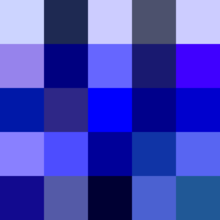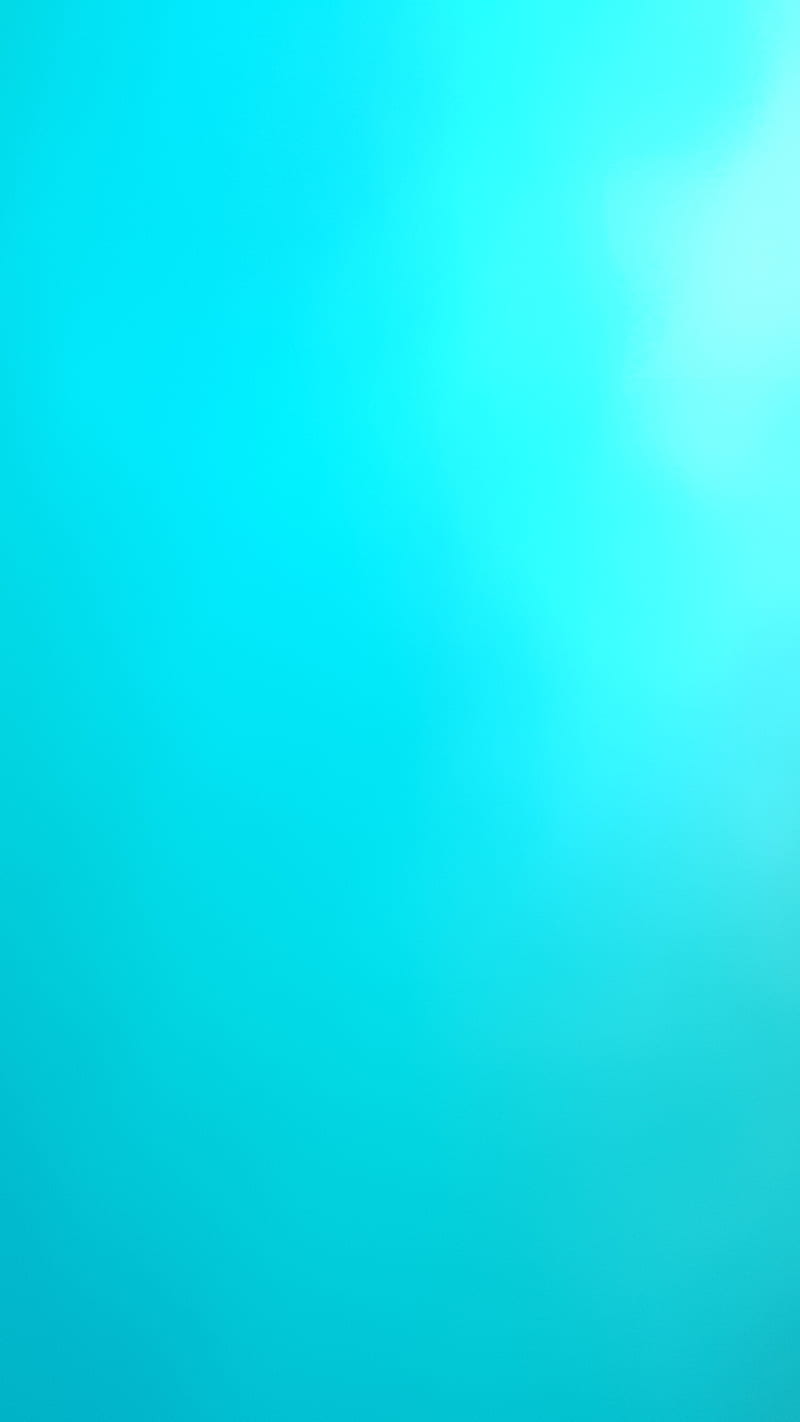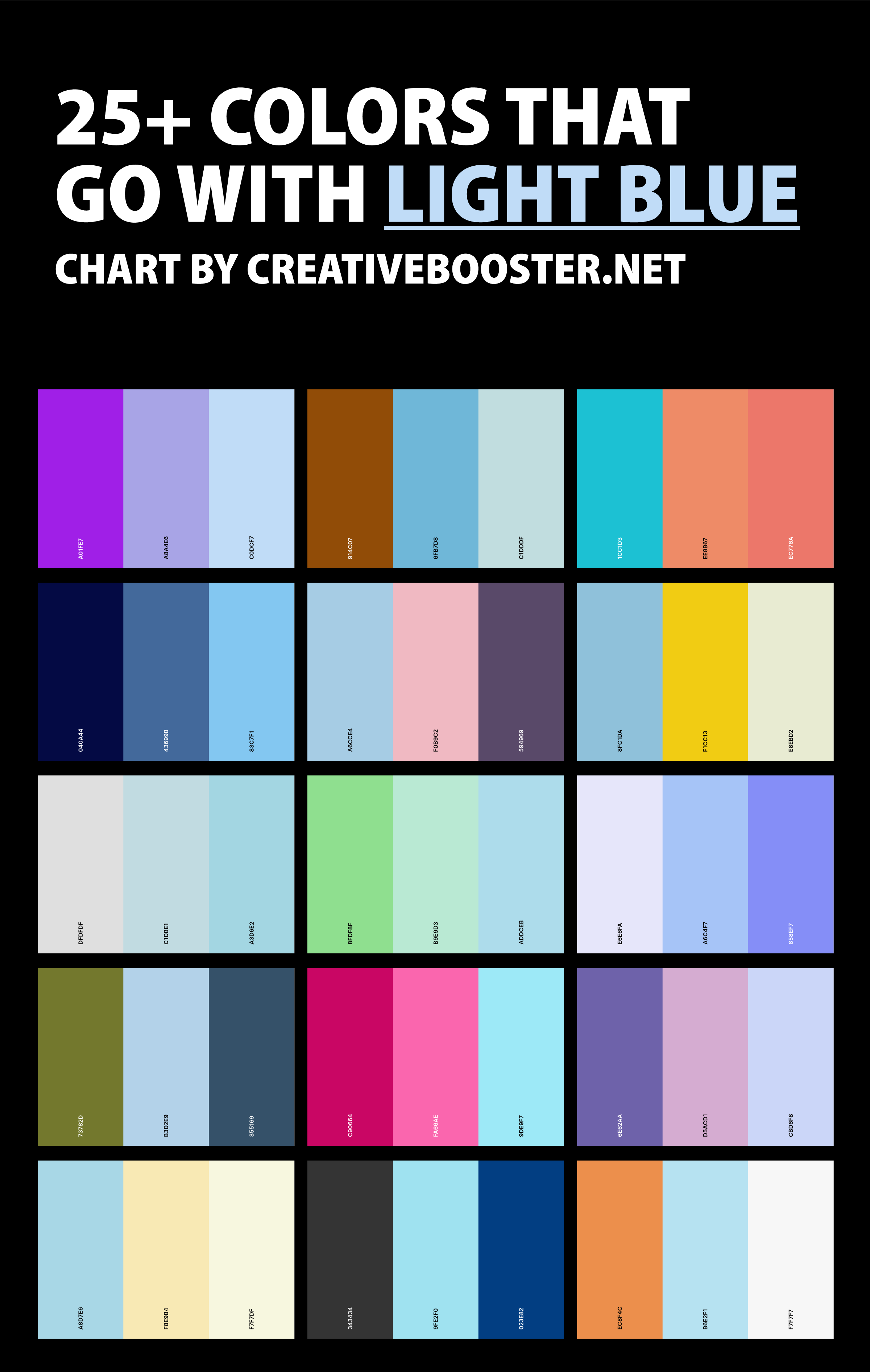Have you ever stopped to really think about colors and how they come to be? It's almost like a little bit of magic, isn't it, when you put two different shades together and something completely new shows up. We often see colors all around us, but sometimes we do not really consider what happens when those colors combine, especially when it comes to shades like blue and green.
You might, perhaps, have wondered what happens when these two rather distinct forces actually come together. It is a bit like watching two different streams flow into one bigger river, and the way they blend can be quite surprising. This topic, you know, touches on many parts of our daily existence, from the clothes we wear to the way our screens show pictures.
So, we are going to take a pleasant little walk through the world of color, specifically looking at what happens when blue and green meet. We will explore how these colors act, what they create, and how their union affects things we see and do every single day. It is, basically, a friendly chat about how colors work together.
Table of Contents
- What Happens When Blue Meets Green?
- How Do Blue Plus Green Shades Come Alive?
- Can Blue Plus Green Create New Moods?
- The Science of Color Joining
- Light Versus Pigment
- Exploring the Color Wheel
- Blue Plus Green in Real Life
- Tools for Color Play
What Happens When Blue Meets Green?
It is quite interesting, you know, when you think about what happens when blue and green come together. On the one hand, blue is what we call a primary color, meaning you cannot really make it by mixing other colors. Green, however, is a secondary color, and that means it is actually made from combining two other colors, yellow and blue, as a matter of fact. So, when you put blue and green together, it is a little more involved than just mixing two basic shades.
The exact color you get when you mix blue and green can vary quite a bit, you see. It really depends on the particular shade of green you start with. Some greens, for instance, might have a little more yellow coloring in them, while others might lean a bit more towards the blue side. This difference in the initial green can really change the final outcome of your blue plus green combination. It is not just a simple one-to-one thing, basically.
When you add more and more blue to a green color, you will notice the hue starts to shift, moving on the color wheel in a specific direction. It goes, you know, more towards the blue side, away from yellow. This process can produce some truly lovely colors like teal, which is a deep, rich shade, or turquoise, which often feels very bright and refreshing, and even azure, which is a clear, sky-like blue. The more blue you include, the closer the resulting color gets to being pure blue, and further away from anything that looks like yellow. It is a subtle shift, but quite noticeable.
How Do Blue Plus Green Shades Come Alive?
The family of colors that stretches from pure blue all the way to pure green, and includes all the shades in between, is quite expansive. It offers, you know, a very wide range of truly beautiful and adaptable colors. These hues are often considered cool colors, and when you combine them, they tend to add a certain lightness to the final product. Cyan, for instance, is a wonderful example of this, as it is directly formed by mixing green and blue. It is a shade that often feels very fresh and open.
These colors, the ones that come from blue plus green, can really affect how a space feels or how a piece of art looks. Each distinct shade, you see, has the ability to bring forth different feelings and atmospheres. A soft teal might bring a sense of peace, while a brighter turquoise could make you feel very refreshed. Then there is a lively green-blue that might just make things feel very active and full of life. It is quite amazing how much emotion a simple color can carry, really.
Can Blue Plus Green Create New Moods?
When you think about the feelings that colors can bring, the combination of blue plus green is quite special. Blue often brings a sense of calm, a feeling of quietness, like a still body of water. Green, on the other hand, often makes us think of nature, of growth, and of new beginnings. So, when these two come together, they can create a whole new set of feelings. You might find a color that feels very tranquil, like a peaceful forest, or something that feels very fresh, like a spring morning. It really just depends on the exact mixture.
The way these colors blend and shift can tell a different story with each variation. A deeper, more blue-heavy shade might suggest a sense of deep thought or quiet reflection. A lighter, more green-leaning hue could bring about feelings of playfulness and spontaneity. It is, in a way, like each color has its own little personality, and when blue plus green meet, they create a brand new one. This means they are very useful in creative projects or for design work, as they can set just the right tone.
The Science of Color Joining
There is a lot of interesting science behind how colors mix, especially when we talk about light. When you mix different colored lights, it is called color addition. This is how, for example, your television screen works. The production of all sorts of light colors by mixing the three main colors of light is a fascinating thing to observe. These main colors are red, green, and blue, actually. By understanding these principles, you can pretty much guess what colors will show up when you shine different colored lights together. It is a rather predictable system, in some respects.
For instance, if you shine a red light and a blue light together, you will get a magenta light. And if you mix green light and red light, you will see yellow light appear. When all three of these primary lights—red, green, and blue—are combined, right in the center, they produce white light. This type of mixing, where you add lights together, makes the resulting mixture brighter, with its brightness being the total of all the lights you put in. It is a pretty neat trick of light, if you ask me.
Light Versus Pigment
It is important to remember that mixing colors of light is different from mixing colors of paint or pigment. With light, as we just talked about, when you combine red, green, and blue light, you get white. This is known as additive mixing, and it is the basis for how many color mixing activities work, especially with screens and digital displays. It is a model that is used for light, and it is quite effective at showing how colors come alive on your screen. So, you know, when you see a picture on your phone, it is this kind of mixing at play.
When you are dealing with paints or inks, it is a different story. That is called subtractive mixing. The text does not go into detail about subtractive mixing, but it does mention primary and secondary colors in a general sense, which often applies to pigments. Green, for example, is made by combining yellow and blue pigments. This difference between light and physical materials is a key thing to grasp when you are thinking about how colors behave. It is, basically, two different ways of making color appear.
Exploring the Color Wheel
The color wheel is a really useful tool for anyone trying to get a better grip on how colors relate to each other. On this wheel, green sits right between yellow and blue. This placement makes a lot of sense when you remember that green is created by mixing yellow and blue. It is a simple visual aid, but it tells you a lot about color relationships. You can really see, you know, how colors flow into one another.
You can also find tertiary colors on the color wheel. These are colors that are placed between the primary and secondary colors they are made from. For instance, a yellow-green would sit between yellow (a primary) and green (a secondary). These tertiary shades really fill out the wheel, offering even more possibilities for mixing and matching. It is like having a full spectrum of choices, actually. Also, just so you know, black, white, and gray are not considered true colors or hues in this system; they are more about lightness and darkness. They are, in a way, the background players.
Blue Plus Green in Real Life
Beyond the science of mixing, the idea of "blue plus green" shows up in some interesting places. For example, there is a business called "Blue plus green" that was started with the aim of being small enough to give good customer care, but also big enough to handle corporate HVAC solutions. It is, you know, a name that plays on the colors, giving a sense of balance and completeness, perhaps. This shows how colors can even inspire names for different kinds of services.
Then there is also "Bluegreen Vacations." If you are an owner with them, and you have not registered online yet, it is a good idea to do so. Once you register, you can really make the most of your ownership. You can book points and bonus time reservations, earn rewards through their Bluegreen Rewards program, and even get special offers and promotions meant just for owners. It is, you know, a way for them to help people enjoy their time off. So, the name, again, uses these colors to create a certain feeling or brand identity.
The presence of blue, green, and shades in between in our surroundings can really influence our mood. Think about the calm feeling of looking at a blue ocean meeting a green coastline. These colors, you know, are very common in nature, and they often bring a sense of peace and natural beauty. This natural connection is perhaps why they evoke feelings of tranquility, freshness, and a certain kind of vibrancy. It is, basically, a very soothing combination for many people.
Tools for Color Play
If you are someone who likes to experiment with colors, a color mixer tool can be a very helpful thing to have. There are browser tools that let you mix and blend colors in all sorts of ways, using different modes and formats. You can pick from basic primary and secondary colors, or you can even add your very own custom colors. Then, you get to see the resulting color right there, along with the proportions of what you used. It is, you know, a fun way to play around with different combinations and see what happens.
These tools can also help you figure out how to make specific colors, like cyan, which is a shade similar to blue-green. They often show you how to do this by mixing blue and green lights on an RGB color wheel, which is really quite informative. You can also learn how to create colors by mixing primary, secondary, and tertiary colors with a color mixing chart. It is a very hands-on way to get a better grip on color theory. You can find out, for instance, what colors you need to make blue, green, or other shades in different color models. There are even free online tools that let you blend two or more colors, which is pretty convenient.
You can experiment with all sorts of colors: red, blue, green, yellow, black, white, orange, grey, brown, purple, pink, or turquoise. The possibilities are, you know, really quite endless when you have a tool like that. It allows you to explore the vast spectrum of colors and see how they interact. It is a truly practical way to get a feel for color mixing, whether you are just curious or working on a creative project. It makes the whole process much less of a mystery, actually.
Related Resources:



Detail Author:
- Name : Mr. Webster Lebsack III
- Username : florine06
- Email : shad.christiansen@price.net
- Birthdate : 1976-02-26
- Address : 8901 D'Amore Loop Kovacekburgh, IN 11501
- Phone : +1.937.453.1158
- Company : Beahan and Sons
- Job : Maintenance and Repair Worker
- Bio : Expedita cupiditate dignissimos sequi ullam quas et dolores repellendus. Blanditiis eos dolorum quis dolorum debitis aut. Ad quaerat soluta eos minima. Earum consequatur animi consequuntur.
Socials
twitter:
- url : https://twitter.com/donny_real
- username : donny_real
- bio : Tempore quis placeat architecto adipisci laborum. Error qui alias eum et molestias. Accusantium error ab ipsum aliquid.
- followers : 172
- following : 807
linkedin:
- url : https://linkedin.com/in/donny_real
- username : donny_real
- bio : Consequuntur ad quo qui exercitationem.
- followers : 4761
- following : 2066
instagram:
- url : https://instagram.com/hyatt1991
- username : hyatt1991
- bio : Consequatur est vero quaerat esse labore. Voluptatem aut distinctio tempora quam ex totam.
- followers : 1149
- following : 500